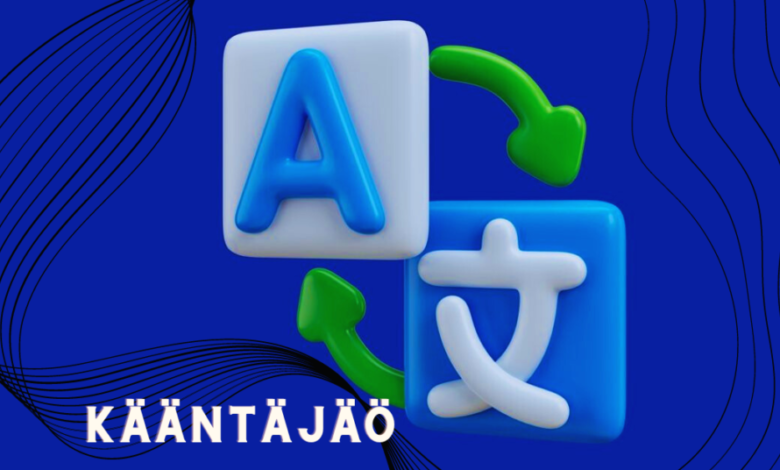
Ever stumbled upon a foreign text and wondered how it magically turns into your native language? That magic is the art of translation, and in Finnish, it’s called. But what exactly is kääntäjäö, and why is it so crucial in today’s globalized world? Let’s dive into the fascinating realm of translation and uncover its many facets.
Understanding the Basics of Translation
Definition and Scope
Translation is the process of converting text from one language to another while retaining its meaning, tone, and context. It’s not just about swapping words; it’s about conveying the same message in a different linguistic and cultural framework.
Historical Background
Translation has been around since ancient times. Think of the Rosetta Stone or early Bible translations. These historical efforts laid the groundwork for what we now recognize as a sophisticated and essential practice in our interconnected world.
The Role of a Translator
Skills Required
Being a translator isn’t just about knowing two languages. It requires a deep understanding of both cultures, excellent writing skills, and a knack for nuanced interpretation. It’s a blend of art and science.
Challenges Faced
Translators often grapple with idiomatic expressions, cultural references, and maintaining the author’s voice. It’s a challenging yet rewarding profession that demands precision and creativity.
Types of Translation
Literary Translation
Transforming novels, poems, and other literary works into different languages while preserving their artistic essence.
Technical Translation
Dealing with scientific, engineering, and technical texts. Accuracy is paramount here.
Legal Translation
Involves translating legal documents like contracts, statutes, and treaties, requiring a firm grasp of legal terminology.
Medical Translation
Translating medical texts such as research papers, patient records, and pharmaceutical documents, where precision can impact lives.
The Evolution of Translation Technology
Early Tools and Techniques
From dictionaries and bilingual texts to early translation machines, technology has always aimed to aid human translators.
Modern Translation Software
Today, we have advanced tools like Google Translate and CAT (Computer-Assisted Translation) tools that streamline the translation process.
Machine Translation vs. Human Translation
Pros and Cons of Machine Translation
Machines offer speed and consistency but often lack the nuanced understanding of human translators. They can handle straightforward texts but struggle with idiomatic and contextual subtleties.
The Irreplaceable Human Touch
Human translators bring cultural sensitivity, emotional depth, and a nuanced understanding that machines simply can’t replicate.
Translation in Different Industries
Business
Global companies rely on translation to communicate with international markets, ensuring their message resonates across cultures.
Healthcare
Accurate translation in healthcare can be a matter of life and death, ensuring patients receive proper care regardless of language barriers.
Education
Educational materials are translated to make knowledge accessible worldwide, promoting global learning and collaboration.
Media and Entertainment
From subtitles to dubbed content, translation brings global entertainment to local audiences.
The Process of Translation
Initial Reading and Understanding
Translators first read the source text thoroughly to understand its meaning, tone, and nuances.
Drafting the Translation
They then create a draft translation, capturing the essence of the original text.
Reviewing and Editing
Finally, the draft is reviewed and edited to ensure accuracy, fluency, and cultural relevance.
Qualities of a Good Translator
Attention to Detail
A good translator must be meticulous, catching every nuance and detail in the text.
Cultural Sensitivity
Understanding and respecting cultural differences is crucial in delivering an accurate translation.
Excellent Language Skills
Proficiency in both the source and target languages is a given, but mastery of their subtleties is what sets a great translator apart.
The Impact of Poor Translation
Miscommunication and Its Consequences
Poor translation can lead to misunderstandings, miscommunication, and even financial losses.
Case Studies of Translation Failures
Numerous examples show how bad translations have led to diplomatic issues, marketing blunders, and legal problems.
How to Choose a Good Translation Service
Factors to Consider
Look for qualifications, experience, and specialization in the required field.
Red Flags to Watch Out For
Beware of services that promise overly quick turnarounds or seem suspiciously cheap.
The Future of Translation
Emerging Trends
The integration of AI and machine learning is set to revolutionize the field, making translations faster and more accurate.
The Role of Artificial Intelligence
AI will play a significant role, but the human touch will always be essential for quality and nuance.
Tips for Aspiring Translators
Educational Pathways
Consider degrees in translation studies, linguistics, or related fields.
Gaining Experience
Start with internships, freelance projects, and volunteer opportunities to build your portfolio.
Networking
Join professional associations and attend kääntäjäö events to connect with other translators and potential clients.
Translation as a Career
Job Opportunities
Translators can work in various sectors, including government, private companies, and non-profit organizations.
Salary Expectations
Salaries vary widely based on experience, language pair, and industry, but skilled translators are always in demand.
Conclusion
In a world that’s increasingly kääntäjäö, the role of translators is more crucial than ever. They bridge linguistic and cultural gaps, making communication across borders possible. For those with a passion for languages and a keen eye for detail, translation offers a fulfilling and impactful career.